Written by Dr. Andy Bruckner, Chief Scientist
Society Islands from 1000 feet offers a unique perspective of the beauty of French Polynesia as well as some of the challenges we face on the upcoming research mission. We overflew the eight atolls, most which were roughly circular or elliptical in shape – some with a few low-lying islets covered in coconut palms and scrub forest and others built around rugged, steeply-sloping volcanoes.

Complex reef systems typically enclose deep water lagoons, only a few that are easily accessible, several that connect to the open ocean by a narrow, treacherous channel with a constant strong current, and others that are completely inaccessible and surrounded by a razor-sharp barrier reef.
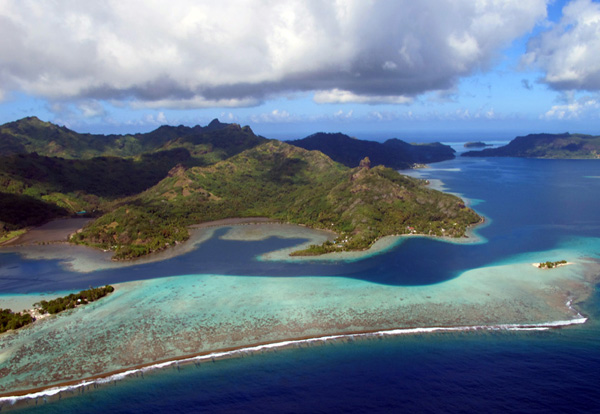
Low-lying areas typically have groves of coconut palms extending to the shoreline, broad stretches of untouched sandy beaches, isolated coves, and crystal-clear, turquoise-colored deep-water lagoons carpeted with coral bommies that extend to just below the water’s surface. All of the atolls have a reef flat and reef crest that forms a barrier between the calm, protected lagoonal environment and the wave-exposed outer reefs, and are surrounded by complex spur and groove formations that extend into deep blue open ocean.
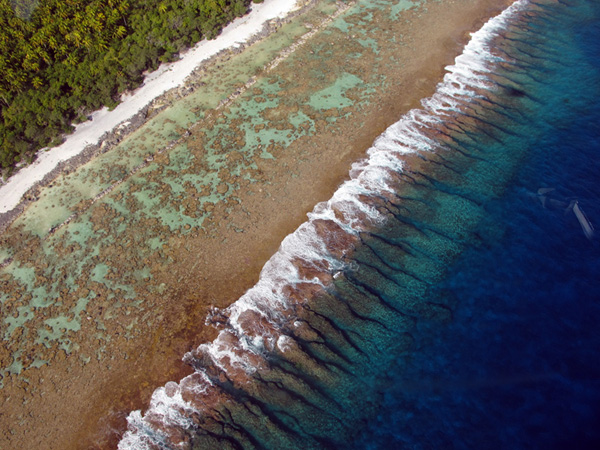
Only a few of the islands are populated. Usually just a handful of inhabitants live on the more remote atolls, coexisting in small villages lining the coast or tucked into the base of the mountainside. A common sight is small, isolated wooden bungalows, perched on stilts over the lagoon, often adjacent to a pearl farm. Besides the sheer beauty of the landscape, the coastal areas and surrounding sea were teaming with life. Large schools of fishes, flocks of tropic birds, frigate birds and boobies, turtles, and humpback whales were frequently seen from the air.
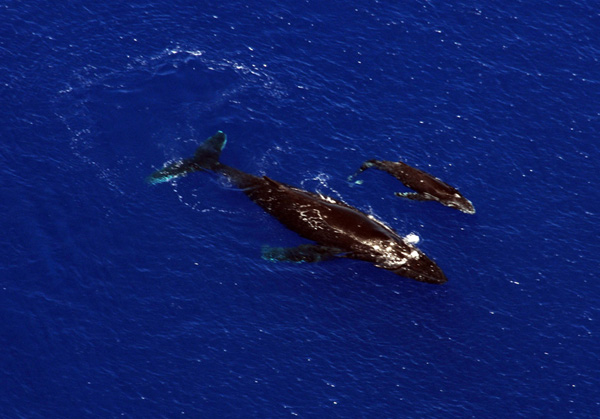
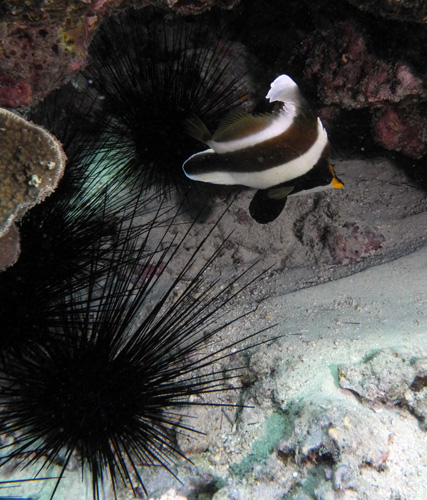
Interestingly, the surface of the water surrounding many of the islands was streaked with spawning slicks – accumulations of coral spawn with a pinkish, orange or white tinge that were tens of meters in length.
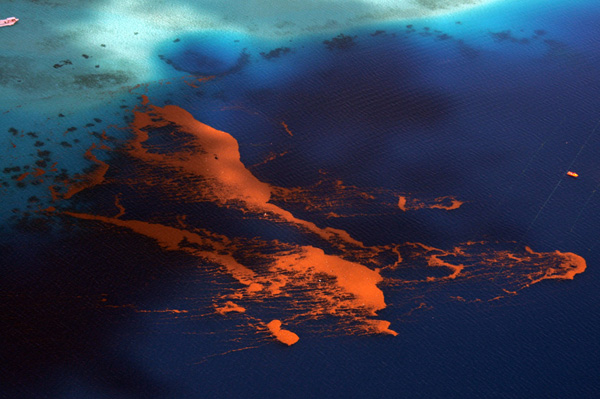
After a successful aerial reconnaissance of Society Islands, we were joined on the M/Y Golden Shadow by the rest of the science team, preparing for our departure to the first research site, Mopelia (Maupihaa), about 15 hours by water from Tahiti.
(Photos/Images by: 1 Amanda Williams, 2-6 Dr. Andy Bruckner)
To follow along and see more photos, please visit us on Facebook! You can also follow the expedition on our Global Reef Expedition page, where there is more information about our research and team members.